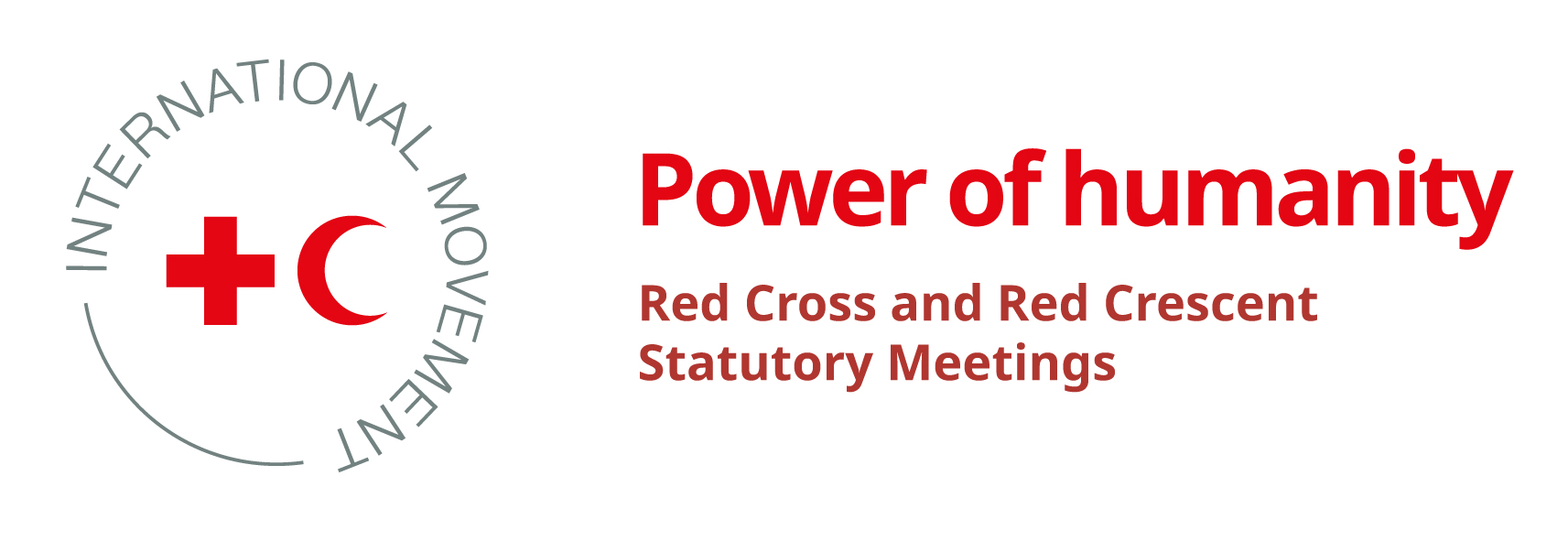Actions taken:
| Australian Red Cross has been a member of the multidisciplinary group that steered the co-design of the National Framework for Disaster Risk Reduction. Through this role, participation in the policy sprint, and subsequent engagement with the writing team, Australian Red Cross has brought a further humanitarian lens to the framework, and helped ensure that the long-term and complex issues of impacts of disaster were included as a key driver. Australian Red Cross also strongly advocated for the inclusion of social resilience building activities in the form of community engagement and education, highlighting the need to improve awareness among individuals, organisations, businesses and the community on disaster risk.
Australian Red Cross and the Australian Government have contributed to a range of initiatives through the Australian Institute for Disaster Resilience (in collaboration with the Australasian Fire Authorities Council and the Bushfire and Natural Hazards Cooperative Research Centre). This has included input to the redevelopment of a range of doctrine handbooks, including the Community Recovery Manual, Managing Spontaneous Volunteers in Emergencies, Evacuation Planning and Australian Emergency Management Arrangements Handbook.
As part of the Australian Institute Disaster Resilience (AIDR) collaboration, Australian Red Cross also conducts volunteer leadership courses in Australian communities, building local leadership capacity in managing before, during and after emergencies. Australian Red Cross has applied the learnings from the Australian Government funded Bushfire and Natural Hazard Cooperative Research Centre to its pillowcase program, drawing on research into child-centred risk reduction, led by Dr Briony Towers at RMIT University. We continue to be the lead end user for the Recovery Capitals Project, being undertaken by the University Of Melbourne and Massey University in NZ. This research stream is examining the role of social ties and community capital, and how it influences individual and community recovery processes. The project aims to develop new tools for decision makers in recovery processes. Through funding made available by the Australian Government (and matched by State/Territory Governments) through the National Partnership for Disaster Resilience, Australian Red Cross has been working towards building the disaster resilience of people more at risk (SA, NSW, VIC), the homeless community (SA), communities at risk (WA), newly arrived migrants and refugees (WA, SA, NSW, QLD), remote communities (TAS) and Indigenous communities (NT, QLD). Australian Red Cross continues to be a member of the Australian Business Roundtable for Disaster Resilience, advocating for an increase in disaster risk reduction funding. Its most recent report, Building the Disaster Resilience of our States and Territories, released in November 2017, identified that the costs of disasters are likely to grow to $39 billion by 2050. This incorporates the economic costs of the social impacts of disaster which are estimated to be equal to the physical costs. |



